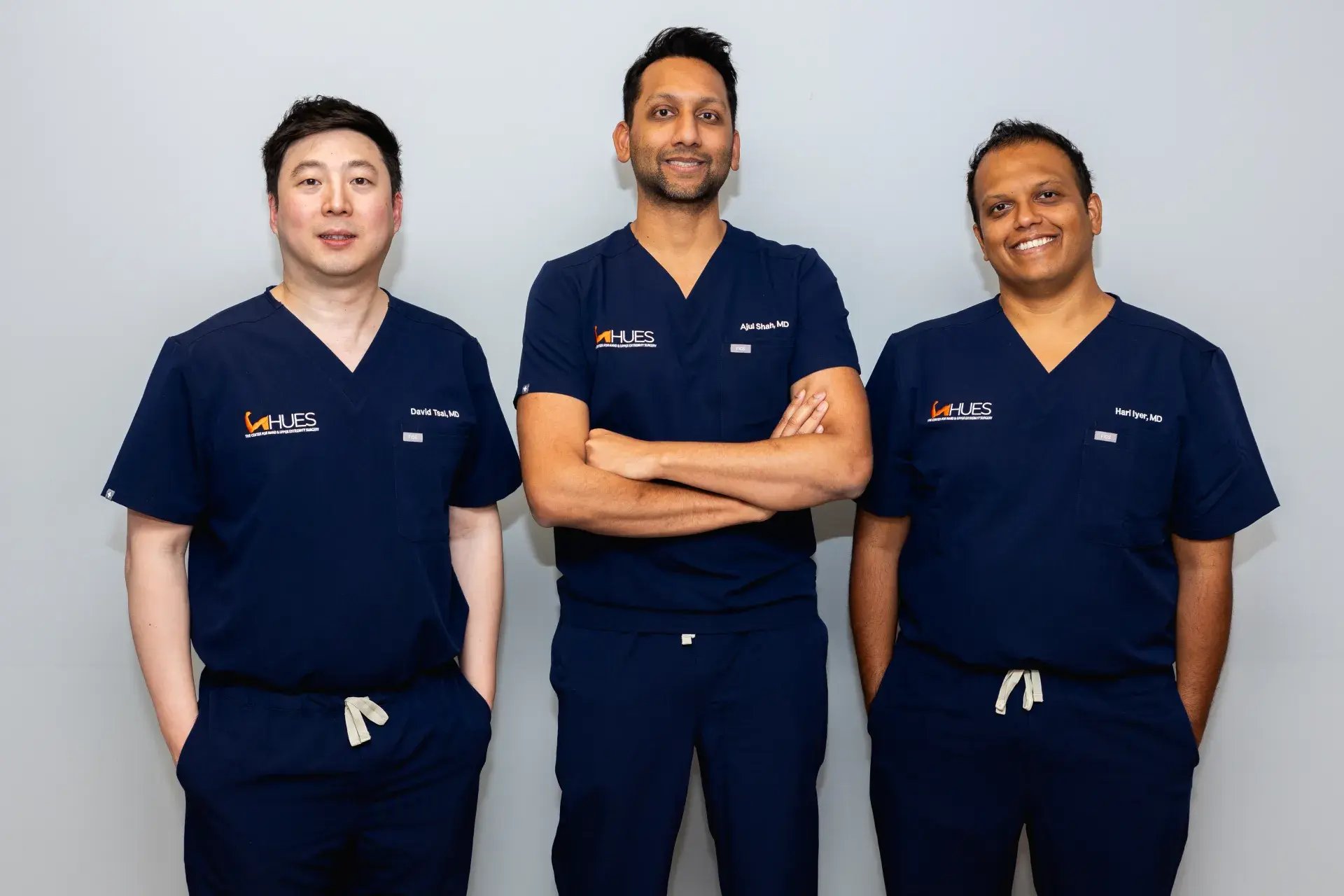David Tsai
MD, FACS
Hand & Upper Extremity SurgeonDouble Board Certified in Plastic Surgery and Surgery of the Hand

Targeted muscle reinnervation (TMR) is an advanced surgical procedure that involves transferring the nerves that once controlled an amputated arm or hand to reinnervate (restore function to) the remaining muscles. Following surgery, the nerves grow back into the new muscles, allowing for improved control of prosthetic devices. This procedure also prevents misdirected nerve growth or “neuroma” formation, which can contribute to pain within the residual limb or cause “phantom limb syndrome”.
Conditions Treated
Targeted muscle reinnervation allows patients to achieve a new level of function with prosthetic devices and an improved quality of life. While the journey to recovery can be long and demanding, patients are often able to resume many of their pre-amputation activities. For those undergoing immediate TMR, the risk of phantom limb pain or stump pain is significantly decreased. In delayed TMR cases, many patients experience relief of chronic pain.
Patients who have undergone an amputation without TMR may be candidates for a delayed TMR procedure if they are experiencing difficulties with prosthetic control and/or tolerance. Delayed TMR procedures may also be performed to alleviate chronic pain following an amputation, such as phantom limb pain or stump pain.
The surgeons at the Center for Hand and Upper Extremity Surgery have advanced training in both complex nerve reconstruction as well as innovative musculoskeletal procedures. Their combined expertise in microsurgical nerve transfer techniques and targeted soft tissue reconstruction allows them to surgically reroute nerves and reanimate muscles in ways that restore maximal function after limb loss and major nerve injuries.
Targeted muscle reinnervation may be performed at the time of an amputation (immediate TMR) or after an amputation (delayed TMR). An immediate TMR procedure has the ability to provide patients with improved prosthetic control and a quicker return to everyday life following an amputation.
The surgeon will make incisions around your residual limb at the amputation site and locate the major nerves that previously controlled your amputated limb. Next, the surgeon will cut those nerves and then stitch the ends into nearby nerves that control functionally redundant muscles or small pockets of muscle tissue in your residual limb.
Patients typically need to stay in the hospital for 1-3 nights after a TMR procedure prior to discharge home. The hospital stay allows us to closely monitor for bleeding, circulation, and nerve function in the immediate postoperative period. Frequent neurological checks will be done, and the affected limb will be immobilized and protected. Pain and discomfort are common, and medication will be given to manage post-surgical discomfort.
Following surgery, the nerve endings will regenerate and grow into the muscle over a period of months. You may experience some numbness, tingling, or twitching as the nerves regrow. You may begin physical therapy as early as 2-4 weeks after surgery to train your brain to control the reinnervated muscles. After 1-2 months, physical therapy progresses to heavy strengthening and myoelectric prosthetic training may start (if applicable). With practice, you will be able to contract specific muscle areas to send signals that control the movements of your prosthetic hand or joint.
who underwent TMR (targeted muscle reinnervation) surgery on her dominant hand to help her adapt to using a prosthesis.
Lydia Gray suffered a severe traumatic injury to her left hand that resulted in amputation. After undergoing TMR surgery with Dr. Ajul Shah, she has made remarkable progress using a prosthetic hand, allowing her to stick with her favorite hobbies.
Visit our Patient Resource Center online to access useful information such as intake forms, tips for your first appointment, ways to prepare for surgery, and more.
While TMR can allow for improved prosthetic function, there are some risks and potential side effects to consider:
